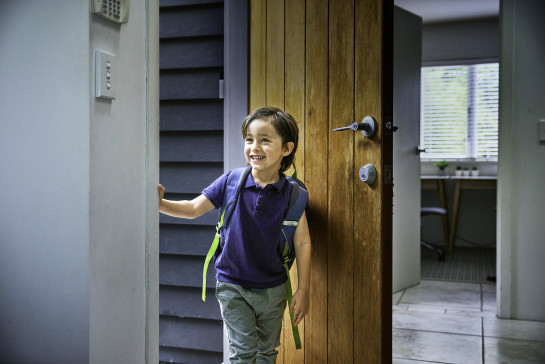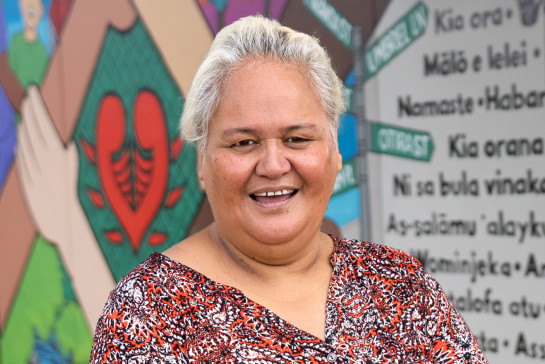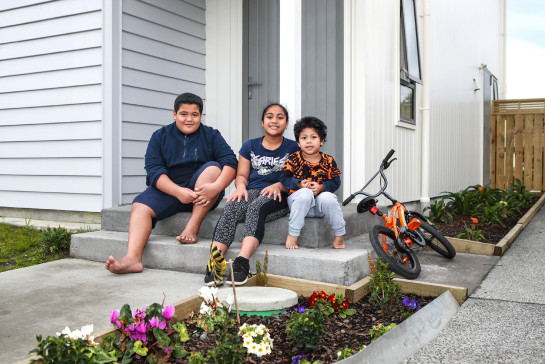Core publications
 Annual Report
Annual Report
The Annual Report tracks the year's activities and measures achievements against objectives in the Statement of Intent.
 Statement of Intent
Statement of Intent
The Statement of Intent (SOI) sets out our strategic direction for the next three years. It explains how our activities will contribute to achieving our objectives, and how we will measure our progress.
 Statement of Performance Expectations
Statement of Performance Expectations
Kāinga Ora’s Statement of Performance Expectations (SPE) sets out our operational and financial performance expectations for the financial year.
 Kāinga Ora Strategy
Kāinga Ora Strategy
Kāinga Ora is the long term residential housing manager of 77,000 homes with a focus on providing quality social housing and being a responsible landlord. Our Strategy sets out how we will look after our homes, tenants, and serve communities well.
